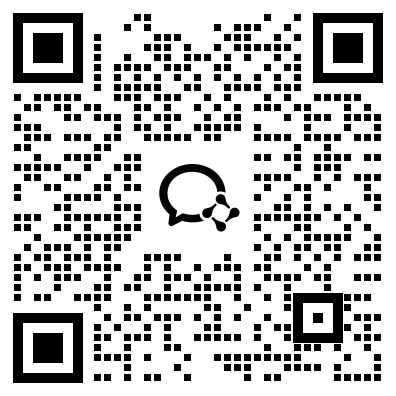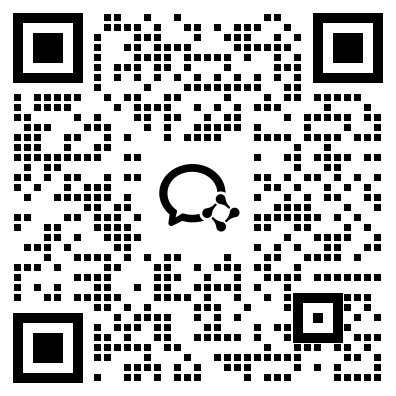Does Work-Integrated Curriculum Transformation Affect Learning Experience, Student Competencies, and Learning Interactions? The Role of Teaching Strategy Moderation
收藏Mendeley Data2024-04-17 更新2024-06-26 收录
下载链接:
https://data.mendeley.com/datasets/pvxwffxnwh
下载链接
链接失效反馈资源简介:
Explanation of data related to the transformation of the Work Integrated Curriculum (X), Learning Experience Instrument (Y), Students' Competences Instrument (Y), Learning Interaction Instrument (Y), and Teaching Strategies Instrument (Z) may be related to collection, analysis and use data in the context of curriculum development and educational evaluation. The following is an explanation of each variable: 1. Work Integrated Curriculum Transformation (X): It refers to the process or change in an educational curriculum that incorporates work experience or practice as an integral part of a student's learning. Data associated with variable 2. Learning Experience Instrument (Y): It includes tools or methods used to measure or evaluate student learning experiences. Data associated with variable Y may include the results of surveys, questionnaires, or observations that measure students' perceptions of the quality of their learning experience. 3. Students' Competences (Y) Instrument: It refers to tools or methods used to assess or measure students' competence in various areas, such as academic skills, practical skills, or social skills. Data associated with this Y variable may include test results, projects, or student portfolios that demonstrate their level of competency. 4. Learning Interaction Instrument (Y): It refers to the tools or methods used to study or evaluate interactions between students, between students and teachers, or between students and learning materials. Data associated with variable Y might include classroom observations, analysis of group discussions, or results of interactive evaluations in learning environments. 5. Teaching Strategies Instrument (Z): This refers to the tools or methods used by teachers to teach material to students. Data associated with variable Z may include information about the types of teaching strategies used, teaching evaluation methods, or students' responses to those strategies. Collecting data related to variables X, Y, and Z can help educational institutions to measure the effectiveness of curriculum transformation, understand student learning experiences, evaluate student competency levels, analyze interactions in the learning environment, and improve teaching strategies to improve learning outcomes. Analysis of this data can provide valuable insights for better curriculum development and improving the overall quality of education.
创建时间:
2024-04-10



